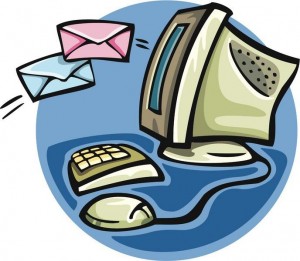
While spam, pop-ups, and hackers are a real threat to any small business network, there are three security measures that you should be focusing on first before you do anything else.
Worry About E-mail Attachments, Not Spam
Sure, spam is annoying and wastes your time, but the real danger with spam is in the attachments.
Viruses and worms are malicious programs that are spread primarily through cleverly disguised attachments to messages that trick you (or your employees) into opening them.
Another huge threat is phishing e-mails that trick the user by appearing to be legitimate e-mails from your bank, eBay, or other financial accounts.
Here are three things you must have in place to avoid this nightmare: [Read more…] about The Three Scariest Threats To Small Business Networks

